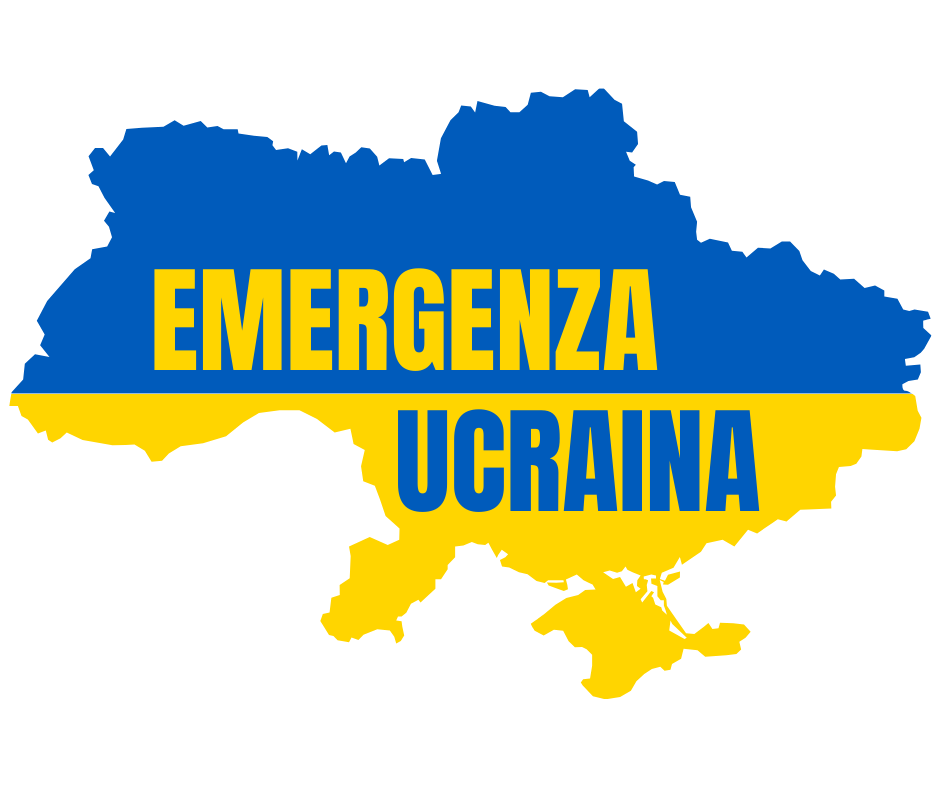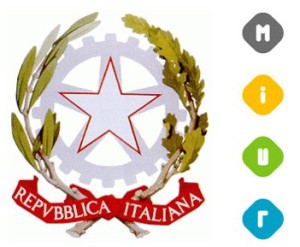Cash and Cash Equivalents CCE: Formula and Examples
Some lenders may require that, in return for a loan, a company maintain a designated amount of liquid cash equivalents. This financial restriction is intended to protect the lender’s financial interest should business slow. It can also result in better loan terms (due to less risk) for the company that agrees to it. Moreover, a company can benefit from the discipline of saving via cash equivalents. Commercial paper is short-term (less than a year), unsecured debt used by big companies to raise funds to meet short-term liabilities such as payroll.
Cash and cash equivalents (CCE) are the most liquid current assets found on a business’s balance sheet. An asset with higher liquidity is lower risk and more ‘cash-like’ than other assets. The most liquid assets are money orders, certificates of deposit and marketable securities; these are all cash equivalents. Accounts receivable can take 10, 30, 60, 120-days or more to convert into cash.
Money Market Accounts and Certificates of Deposit
At the top we can see that, on Dec. 28, 2024, the company held $30.3 billion in CCE, which is 1.2% more than three months earlier. Cash equivalents can be reported at their fair value, together with cash on the balance sheet. Fair value will be their cost at acquisition plus accrued interest to the date of the balance sheet.
- Examples of marketable securities include T-Bills, CDs, bankers’ acceptances, commercial paper, stocks, bonds, and exchange-traded funds (ETFs).
- Instead, most marketable securities are listed as investments (assets) on a balance sheet.
- Cash and cash equivalents is a useful number that can help investors understand whether a company is liquid enough to cope with larger or unexpected short-term cash needs.
- Learn financial statement modeling, DCF, M&A, LBO, Comps and Excel shortcuts.
📆 Date: June 28-29, 2025🕛 Time: 8:30-11:30 AM EST📍 Venue: OnlineInstructor: Dheeraj Vaidya, CFA, FRM
When reported on financial statements, investments in these types of liquid accounts are often combined with cash and represent a company’s total holding of money and liquid investments. However, if the cash flow out of the country is restricted, the cash is treated in the accounts as restricted and reported separately. This is different from the short-term assets included in cash and cash equivalents, whose value doesn’t tend to vary very much and is more predictable. Also, if we look at Colgate’s short-term and long-term investments, they are pretty much nonexistent. So, most likely, we can deduct from the above that Colgate is not looking to pursue any major acquisition strategy.
When a company is not using its cash balance, it may invest its cash in low-risk liquid (easily sold) securities to generate interest income. The total cash and cash equivalents, therefore, are used to pay off short-term debt and preserve capital for long-term obligations of the company. Examples include Cash and Paper Money, US Treasury bills, undeposited receipts, Money Market funds, etc. You’ll see them reported as a single line item on the balance sheet, listed under current assets. This classification reflects the liquidity and availability of cash and cash equivalents to meet short-term financial obligations.
A company should have sufficient cash and cash equivalents to meet its urgent liabilities when they fall due. Typically, the combined amount of cash and cash equivalents will be reported on the balance sheet as the first item in the section with the heading current assets. It considers cash and equivalents, marketable securities, and accounts receivable (but not the inventory) against the current liabilities. Restricted cash can be also set aside for other purposes such as expansion of the entity, dividend funds or “retirement of long-term debt”. Cash equivalents are an important indicator of a company’s financial well-being.
Treasury Bills
In essence, they encompass readily accessible assets that can be quickly converted into cash within a short period, usually three months or less. These are short-term, low-risk instruments that are easily convertible into cash. Since these investments are low risk and so close to maturity, they are practically as good as cash in the bank, hence the name. Depending on its immateriality or materiality, restricted cash may be recorded as “cash” in the financial statement or it might be classified based on the date of availability disbursements. Moreover, if cash is expected to be used within one year after the balance sheet date it can be classified as “current asset”, but in a longer period of time it is mentioned as non- current asset.
Liquidity of Cash Equivalents
In practice, the cash and cash equivalents account is excluded from the calculation of net working capital cash and cash equivalents include (NWC). To reiterate, the “Cash and Cash Equivalents” line item refers to cash – the hard cash found in bank accounts – as well as cash-like investments. Working capital is important for funding a business in the short term (12 months or less) and can be used to help finance inventory, operating expenses, and capital purchases. A certificate of deposit (CD) is a product offered by a financial institution like a bank or credit union. In return, the deposits remain untouched for a certain period of time and are subject to a penalty if funds are withdrawn early.
There are several important reasons why a company should store some of its capital in cash equivalents. As of Sep. 30, 2022, Berkshire Hathaway had $28,869,000,000 in cash and cash equivalents. In the realm of finance, “Cash and Cash Equivalents” (CCE) is a common term that significantly influences both individual and business decisions.
The company may either present cash and cash equivalents as a single line item on the statement of financial position (in which case a breakup is shown in the notes) or separately as short-term investments and cash. Cash and cash equivalents refer to the sum of a company’s cash on hand, demand deposits, and short-term highly liquid investments. Cash and cash equivalents is a line item on the balance sheet, stating the amount of all cash or other assets that are readily convertible into cash. Any items falling within this definition are classified within the current assets category in the balance sheet. It does not include any longer-term assets or equity items, since they cannot be readily converted into cash.
Financial Instruments
- However, a high CCE balance might also indicate that a company is not using its cash effectively to generate returns.
- It represents a certain amount of a saver’s capital that can’t be accessed by the saver for a specific period of time.
- Cash and cash equivalents (CCE) is a line item on a company balance sheet that indicates the total amount of money that a company has on hand for use at short notice as needed.
- Second, the company can generate money from selling goods or services to customers as part of its ongoing operations.
- You’ll see them reported as a single line item on the balance sheet, listed under current assets.
For IFRS, preferred shares that are acquired within three months of their specified redemption date can be included as cash equivalents. Examples of cash equivalents typically include short-term investments, such as treasury bills or money market funds, which are highly liquid and low-risk. These assets serve as a financial safety net, enabling a company to meet its immediate financial obligations, such as paying off debts, covering operational expenses, or seizing attractive investment opportunities. For Apple, cash and cash equivalents include cash on hand, demand deposits, and short-term investments in securities, such as treasury bills and money market funds, that can be easily converted to cash. Cash equivalents include bank accounts and marketable securities, which are debt securities with maturities of less than 90 days. However, oftentimes cash equivalents do not include equity or stock holdings because they can fluctuate in value.
Liquidity measurement ratios
They are traded on public exchanges and there is usually a strong secondary market for them. Marketable securities can have maturities of one year or less and the rates at which these may be traded has a minimal effect on prices. Examples of marketable securities include T-Bills, CDs, bankers’ acceptances, commercial paper, stocks, bonds, and exchange-traded funds (ETFs). Short-term, liquid assets like commercial paper and short-term government bonds, including Treasury bills and money market funds, would need to mature within 90 days.
CCE helps investors understand how well-prepared a company is to pay its short-term liabilities, or debts. Cash and cash equivalents (CCE) are assets that are immediately available as cash, meaning they can be converted into cash within fewer than 90 days. It’s important to note that these investments are only considered equivalents if they are readily available and are not restricted by some agreement. For instance, if a company has a loan that requires it to maintain a minimum level of their treasure bills, these T-bills cannot be considered equivalents because they are restricted by the debt covenants. In economic terms, cash is the form of exchange for all business transactions and activities.
A healthy balance of cash and cash equivalents helps businesses meet short-term liabilities without facing liquidity issues. Accurately tracking cash and cash equivalents is crucial for a company’s financial health and effective cash flow management. Treasury bills (or T-Bills for short) are short-term financial instruments issued by the United States Government. T-bills have maturity periods ranging from a few days up to 52 weeks (one year).
They may be considered as “near-cash,” but are not treated as cash because they can include a penalty to convert back to cash before they mature. Examples are treasury bills (T-bills), money market funds, short-term notes receivable, and guaranteed investment certificates (GICs). For companies using ASPE, equities investments are usually not reported as cash equivalents.
This article offers a comprehensive and easy-to-understand explanation of cash and cash equivalents. Additionally, analyzing the cash flow statement by quarter is a good opportunity for investors to better understand how the business works by learning about its sources and uses of cash. What’s considered a reasonable number of cash and cash equivalents to have on hand varies greatly from industry to industry. Looking at CCE can be very useful in industries that have more extreme cash requirements. Therefore, companies in these industries need to ensure that they stockpile cash in good times, in order to be able to cover any expensive capital investments or down times.
As such, while they are highly liquid, they are less liquid than actual cash. Basically, to qualify as cash, the funds effectively need to be available for immediate use. A company could need cash quickly in order to cover slowing sales or another, urgent unexpected need for cash. This is very different from other markets, like the stock market, where there is no guaranteed end price for an asset.






















